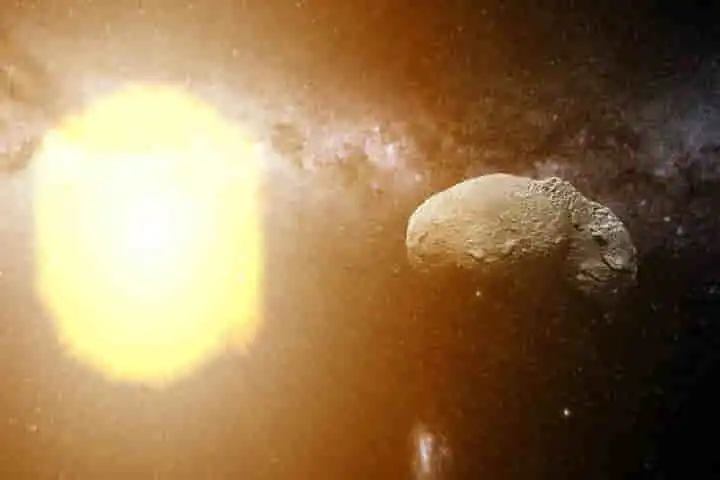Scientists and experts have always expressed their surprise over the fact that our planet is so rich in water, sustaining a multitude of flora and fauna on Earth.
According to an article in scitechdaily.com, an international team of researchers which was led by University of Glasgow and included scientists from Curtin’s Space Science and Technology Centre (SSTC) have made a startling discovery on how water came into being on earth.
They found that solar wind which contained the Sun's charged particles – made largely of hydrogen ions – produced water on dust grains’ surface, which were carried on asteroids. These in turn, in the early days of the Solar system disintegrated on hitting earth and created water.
As per Phil Bland, SSTC Director and John Curtin Distinguished Professor, scientists have been puzzled for very long about the exact source of what made Earth very rich in water – with oceans covering more than 70 per cent of its surface — when compared to other Solar System planets.
Elucidating on this aspect, Bland said: “An existing theory is that water was carried to Earth in the final stages of its formation on C-type asteroids, however, previous testing of the isotopic ‘fingerprint’ of these asteroids found they, on average, didn’t match with the water found on Earth meaning there was at least one other unaccounted for source.”
Elaborating about their research in this field, Bland stated: “Our research suggests the solar wind created water on the surface of tiny dust grains and this isotopically lighter water likely provided the remainder of the Earth’s water.”
He went on to add: “This new solar wind theory is based on meticulous atom-by-atom analysis of minuscule fragments of an S-type near-Earth asteroid known as Itokawa, samples of which were collected by the Japanese space probe Hayabusa and returned to Earth in 2010.”
Also read: India’s Ladakh Ice Stupas Inspire Solution For Drought In Faraway Chile
Sharing details of the analysis done on the Itokawa dust grains, Bland said: “Our world-class atom probe tomography system here at Curtin University allowed us to take an incredibly detailed look inside the first 50 nanometres or so of the surface of Itokawa dust grains, which we found contained enough water that, if scaled up, would amount to about 20 litres for every cubic meter of rock.”
Besides, providing an extraordinary understanding about the past source of our planet’s water, the present research, according to Dr. Luke Daly, who is a Curtin graduate and now of University of Glasgow, will provide great help in future space missions.
Sharing his views Dr. Daly said: “How astronauts would get sufficient water, without carrying supplies, is one of the barriers of future space exploration. Our research shows that the same space weathering process which created water on Itokawa likely occurred on other airless planets, meaning astronauts may be able to process fresh supplies of water straight from the dust on a planet’s surface, such as the Moon.”




















